Australian Criminal Intelligence Commission
The Australian Criminal Intelligence Commission has today released the second report of the National Wastewater Drug Monitoring Program, revealing that cocaine consumption in New South Wales capital city sites continues to dominate the national landscape for the drug, but that methylamphetamine consumption was beneath the national average.
Minister for Justice, the Hon. Michael Keenan MP launched the report alongside Australian Criminal Intelligence Commission Chief Executive Officer, Mr Chris Dawson APM, in Perth.
“While methylamphetamine remained the highest consumed illicit drug of those tested across all regions of Australia, findings show cocaine usage in Australia remains mostly centred in New South Wales across three capital city and three regional sites,” Mr Dawson said.
“Findings from the second report of the National Wastewater Drug Monitoring Program are consistent with the findings of the first report and complement the existing datasets on the supply of and demand for drugs in Australia,” Mr Dawson said.
“These findings complement the recently released Illicit Drug Data Report, which revealed that New South Wales continued to account for the greatest proportion of both the number and weight of national cocaine seizures and the number of national cocaine arrests in 2015–16.
“The ongoing trend of cocaine use, and therefore demand, in New South Wales drives the message that we need a multi-faceted approach to combating this illicit drug market—it cannot be addressed by law enforcement alone.”
The second report of the National Wastewater Drug Monitoring Program also revealed, of the substances tested:
- Estimated tobacco consumption was generally highest in some sites in regional New South Wales and Victoria.
- Similar to oxycodone, fentanyl levels were high in many regional sites, notably parts of New South Wales, Queensland and South Australia.
“We are committed to providing a strong evidence base to inform policy and operational decisions and will continue working with our partners to connect, discover, understand and respond to the threat and harm caused by illicit drug activity,” Mr Dawson said.
For the second report, 37 wastewater treatment plants across Australia participated in the collection of wastewater samples covering thirteen substances. There were six sites tested in New South Wales, with samples collected in October and December 2016, and February 2017.
The Australian Criminal Intelligence Commission received $3.6 million over three years from Proceeds of Crime funding for the National Wastewater Drug Monitoring Program and has commissioned the University of Queensland and the University of South Australia to undertake the program and prepare the research reports containing its findings.
The report is available from the Australian Criminal Intelligence Commission website.
